Boyer base for Incat’s booming electric ferry future
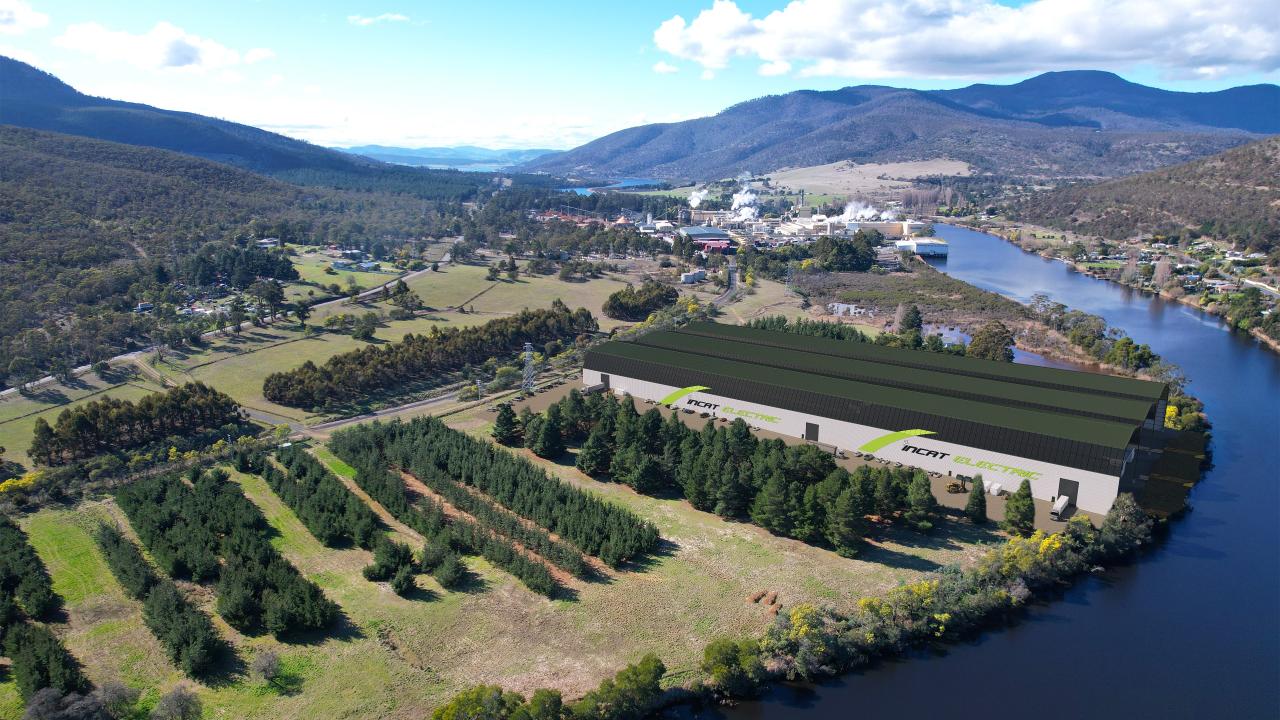
Picture: An artist's rendering of the new ship building facility planned by Incat at the Boyer paper mill site on the Derwent River.
EXCLUSIVE
TASMANIA'S iconic aluminium shipbuilder, Incat, is to build its next generation of aluminium vessels – electric ferries – at Boyer.
Construction of the first ferries could come as soon as January 2026.
The advanced shipbuilding proposal announced today is a major boost both for industry and employment in the Derwent Valley, as well as for the 50-year old shipbuilder.
Incat is buying a 12-hectare site on the New Norfolk side of the Boyer paper mill from the Norske Skog company which owns some 565 ha along the Derwent.
The company plans a 240 x 120 metre production facility, with capacity to construct three large vessels at a time. With that, the expansion into the Derwent Valley will enable Incat to double its current production capacity, and importantly, its workforce.
The company told Gazette editor Mike Kerr that it currently has some 450 employees, and expects its initial hiring for the Boyer operation will involve 50 new jobs. The overall workforce could be increased to as many as 1,000 employees.
The Boyer jobs will involve construction of the ferries’ aluminium hulls and decks, which will then be floated downstream to the existing Incat shipyard at Prince of Wales Bay, and there completed.
Incat CEO Stephen Casey said the new site is an exciting prospect for the future.
“New Norfolk is a growing area,” he said, “and this expansion will give Incat the opportunity to provide training and employment opportunities for people across the greater Derwent Valley.
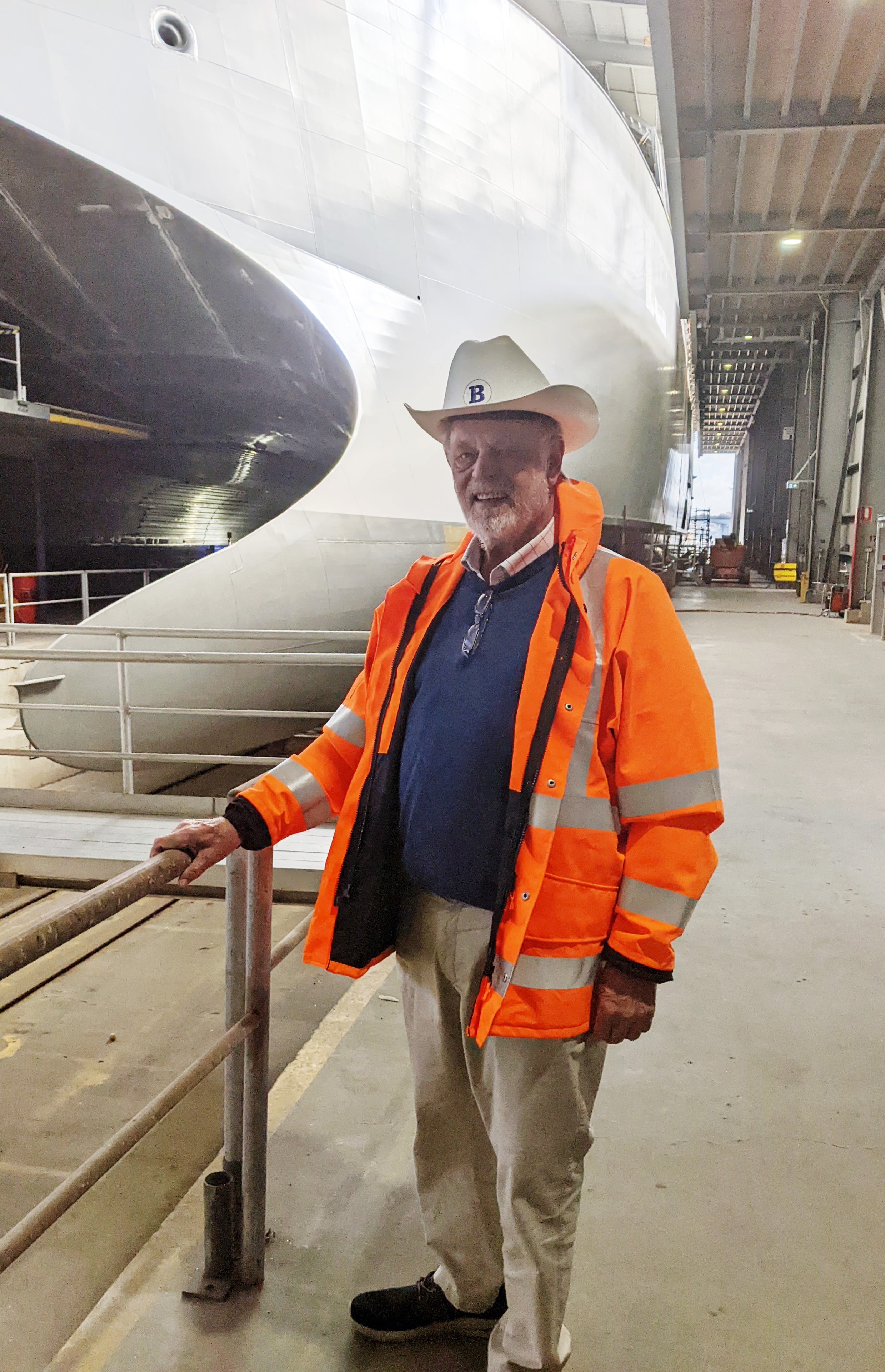
“We are thrilled with the prospect of employing more Tasmanians.”
“Incat is leading the industry by building the world’s largest electric ferry, and our goal over the next 5-10 years is to build on that success and produce multiple electric ships for the global market while expanding our workforce.
“The new production facility is vital for us to achieve that,” Mr Casey said.
Incat’s estimate is that the world market for mid-sized electric ferries – which it considers its niche – numbers more than 1,000, including as many as 100 for the Australian market alone.
Incat is one of the few shipyards in the world capable of constructing large, lightweight electric ships to meet that demand, says Incat chairman Robert Clifford.
“The need for environmentally friendly electric vessels is increasing rapidly and the company needs to be ready to meet demand,” he said.
In Europe, there will be a need for much larger vessels of up to 170 metres in length with the capacity to carry up to 1000 passengers.
“The purchase of this site marks a new period of significant growth for the company,” Mr Clifford said.
He told the Gazette in his one-on-one interview that the company had been searching suitable locations along both the Derwent and Tamar for months.
Boyer, he said, furnished core elements: a significant parcel of relatively flat waterside land as well as the capacity to easily move large ship sections to the existing shipyard. A trained local workforce was a bonus.
“We’re positioning ourselves as the shipyard of choice for major ferry operators who want to minimise their environmental footprint with vessels of the highest quality,” Mr Casey said.
The Incat announcement has been welcomed Norske Skog Boyer mill General Manager Patrick Dooley as well as Derwent Valley Mayor Michelle Dracoulis.
The Boyer site comprises 565 hectares, with about 10% used for the manufacture of publication paper including newsprint and magazine grades, Mr Dooley said.
“Our vision is to see the site become a major economic hub in Southern Tasmania incorporating new industries such as renewable energy and advanced manufacturing, together with the support businesses that service these industries,” he added.
“Incat’s decision to establish its new facility at Boyer is an important step towards that goal and we wish them every success.
“It will bring employment and economic activity to the growing Derwent Valley Community, and we are pleased to be able to help facilitate this development.”
The Boyer site will be prepared for construction of the new production facility in the coming months, with vessel construction set to begin at the facility in 2026.

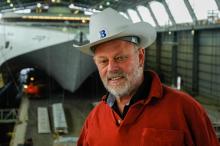
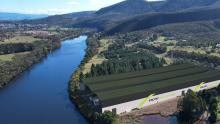
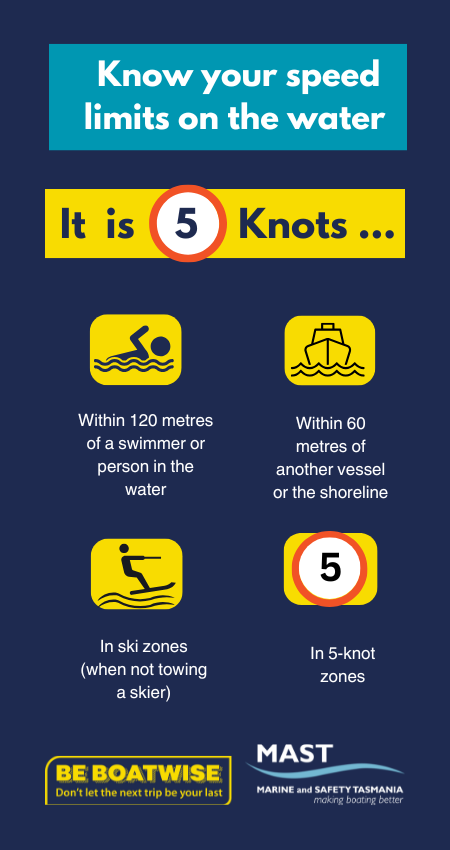

Add new comment
Comments
Great Tasmanian
If knighthood was still enable in Aus, this man deserves one.
Ship building
Great to see Incat expanding and creating more jobs , and building electric ferries, what a way to put Tassie on the map . Well done Incat !